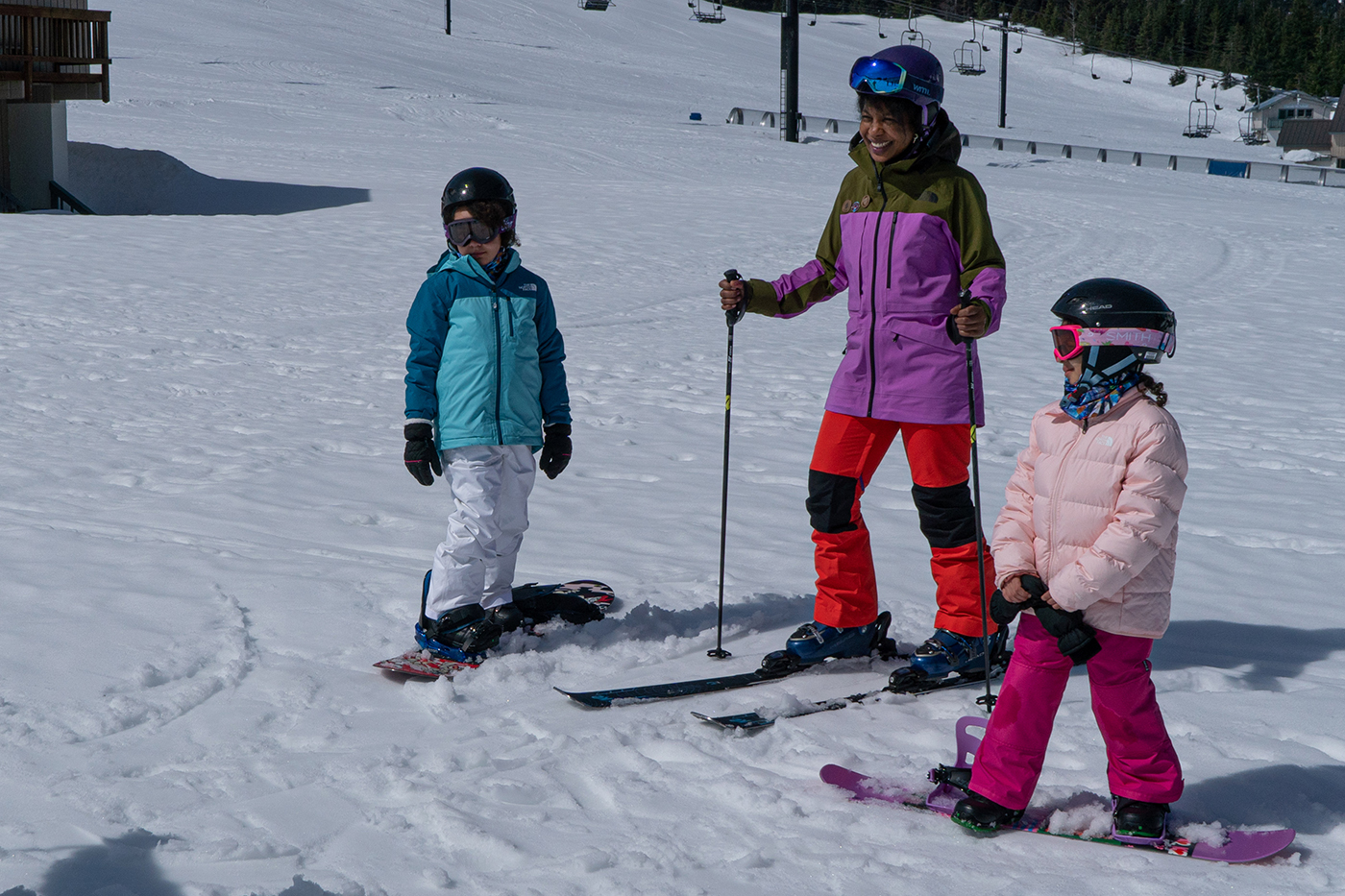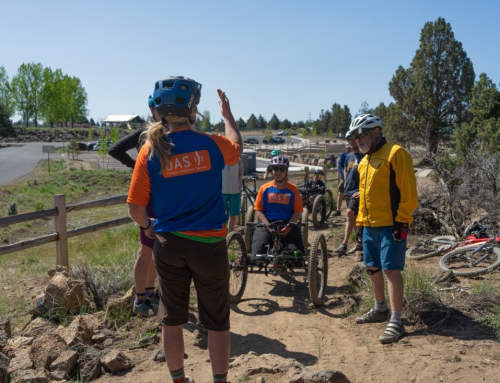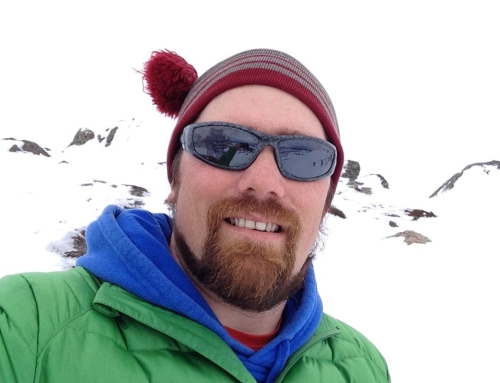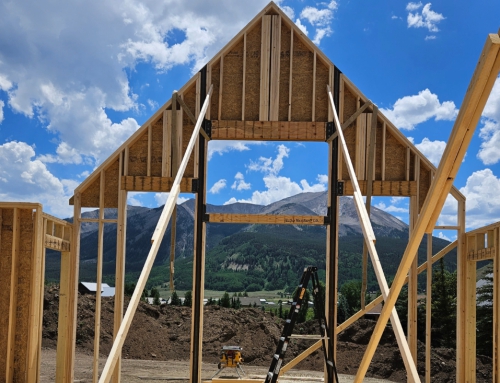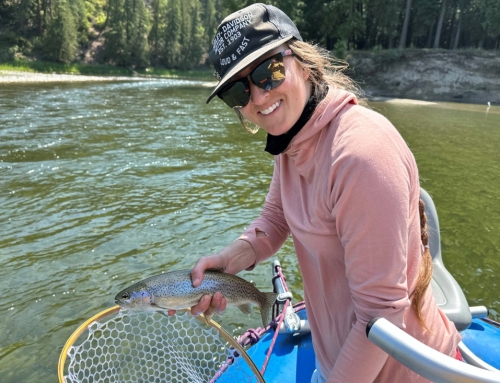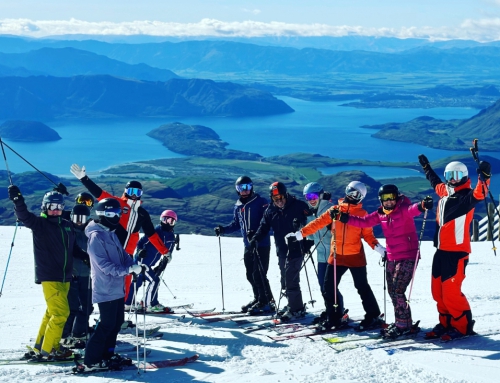Meet Me in the Mountains: How to Support an Environment of DEI
By Sheria Rosenthal
It begins around my birthday in August… sun worshippers frolic in the sultry summer breeze while others retreat to the comfort of air conditioning. What am I thinking about? Moguls. Steeps. Deep powder. Incredulous friends often ask, “It’s summer and you’re thinking about skiing?! My usual reply is something like, “Is the sun hot?”
My journey to obsessed skier and rider got off to a shaky start, circa 1996 at Alpine Valley, Wisconsin. I was 19. Never having skied before, I was taken to the top and given the “sage” advice by my boyfriend at the time to “Just do what I do.” How many of us would be rich if we had a dollar for every time one of our friends or guests told us a similar story about their first snowsports experience? Lucky for me, that first day on skis turned out to be a lot of fun and made me want to stick with it.
Finding a Community in Snowports
I probably owe that trait of perseverance to my family. Growing up in the Midwest, I was blessed to have strong grandparents who cared deeply about me and my education, long before my conception. They were brave enough to move the family from Chicago to an all-White Christian farm community amidst the Civil Rights Era. My teachers were caring, exceptional, and “dressed to the nines.” (This is also how my grandmother lovingly described teachers in the community who shared her Black Cherokee heritage when she was growing up in Oklahoma.) Our field trips even included annual visits to the local high school’s planetarium.
That said, all was not equal. It was not uncommon for my peers in the suburbs to go on a luxury ski vacation or spend time in the sun at Disneyland over spring break. Paradoxically, my family struggled with fighting off the same inequities – such as unfair lending practices – that have kept Blacks down and thwarted their efforts to build wealth for generations. (To this day, I laugh when colleagues say things like, “What do you mean it’s too far away? Just buy a house or condo on the mountain. What do you mean you don’t have the money? Just liquidate some stocks.”)
While I may not be financially rich, few things have enriched my life as much as being a member of PSIA-AASI. I’ve met so many fascinating human beings through our shared passion for skiing and snowboarding. And serving on the Diversity, Equity, and Inclusion (DEI) Task Force initiated last summer is an honor. I love ski and snowboard instructors for their big hearts, and the vast knowledge they hold about their respective sport and life in general. I admire the mindset to put forth effort until your goals are achieved.
Now in my 12th year with PSIA-AASI, I relish being part of a group that lingers long after an educational event to tell jokes or share stories of people who ask where we store the moguls in the summer. This community is so passionate and dedicated to others experiencing the wonderful joys of snowsports. Who else is going to hijack a hotel lobby by spending hours into the night talking about releasing and setting edges, pole plants, short-radius hop turns, and angulation versus inclination while studying for a certification exam?
Do your family and friends outside of the snowsports world roll their eyes and “head for the hills” (or “the flats,” in this case) when you begin to geek out on the sweetness of skiing and riding? Yep, mine too. Or, like me, have you gone to great lengths to hook your children on snowsports and the mountain environment? As a parent, I am thrilled to share the love of the slopes with my daughters.
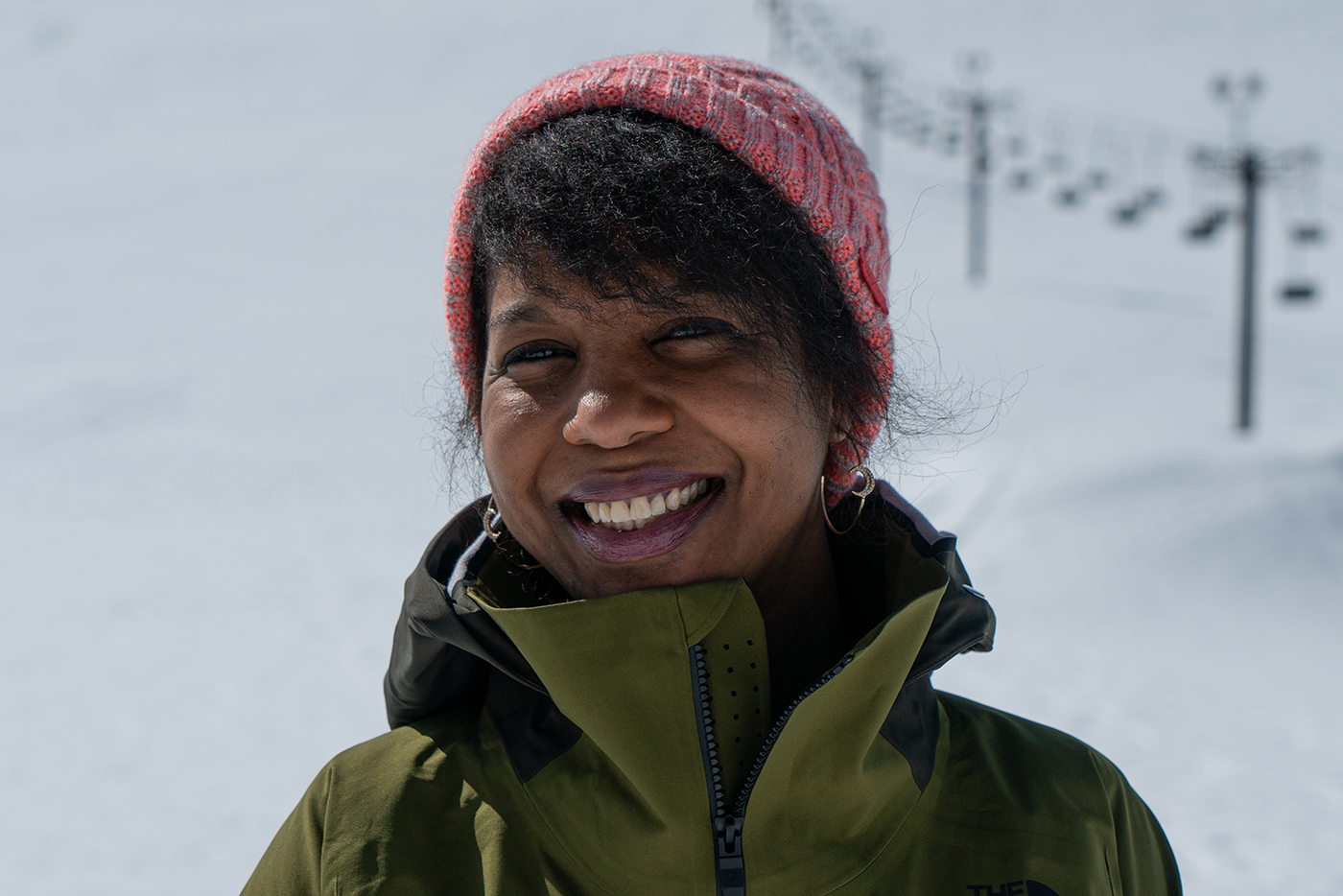
A Platform for Empowerment
My passions also extend to dance and the performing arts, and I often think back to the day a belly-dance teacher said she loved dance for its ability to empower those who study the art form. When I shared my love of skiing with her and made an analogy between the two disciplines, she frowned and said sharply, “I don’t see how skiing is empowering at all.” I chose to challenge her preconceived notions. “Have you ever been trembling with fear at the prospect of doing something that you perceive to be extremely difficult? Have you ever been told you cannot or should not do something because of who you are? Did you muster the courage to do it anyway? Were you rewarded with the feeling of empowerment?” She looked at me for a few seconds in disbelief, and finally said, “Well, I guess there’s some empowerment there.” Yeah, I guess so. Needless to say, we haven’t had a lesson together since.
To my pleasant surprise, having a background in dance and performing arts enabled me to meet the legendary Warren Miller while working as the receptionist at a prominent ballet company and school in 2005. Mr. Miller compared his love of skiing to “freedom,” which is also a form of empowerment. I fondly remember his kind eyes, smile, and memorable voice responding to my declaration of “I ski and snowboard!” with an exuberant “That’s great!” From then on, I knew that if the “Man of Skiing” gave me such a welcome, there was no turning back. Every year I watch Warren Miller movies and celebrate the magnificent spirit of skiers and riders.
Why is Diversity Such a Big Deal?
Some of you reading this article might be thinking, “Why are we making such a big deal about all of this ‘diversity’ business?” To be honest, I’ve often felt the same way. After all, we’re human beings and should treat each other as such.
This past year has been particularly uncomfortable, to say the least, and the new mantra about embracing discomfort irked me at first. I thought, “Oh, so like a lifetime of having my heritage diminished, being gaslighted, minoritized, and dealing with ignorance on a continuous basis strictly based on my complexion isn’t discomfort enough? I’m ready for comfort in the form of love and happiness, which has been denied too many good people for too long.
One of those forms of happiness is found in the mountains. During my association with Washington’s Stevens Pass as an alpine and snowboard instructor from 2008-20, my cultural heritage was rarely discussed. For years I was the only instructor of color and we were all content to carry on the façade of “colorblindness.” There were no requests for interviews asking me to provide a narrative for the “African-American-minority-as-a-skier” experience and, honestly, I didn’t mind. Be it idealism or naivete, in my heart I had faith that all of those dynamic people were proponents of Dr. Martin Luther King, who said, “Judge me not by the color of my skin, but by the content of my character.”
One of the most wonderful reinforcements of my idealism on the mountain came from a veteran Stevens Pass instructor named Sandy. One evening after a full day of group and private lessons, I dragged myself with gear to the shuttle for home. When I went to grab my employee pass, I realized it was back in the locker room. There was no way I had time to run uphill through feet of flaky snow to retrieve it. The driver shook his head and advised me to catch the next bus. Head down and exhausted, I turned to leave. Sandy was behind me and simply said, “She’s one of us.” Sandy could tell how those four little words moved me deeply and gave me a smile with a nod as I expressed my thanks. Even as I write this, my eyes begin to mist thinking about the impact even a small gesture can have on others – as individuals and collectively.
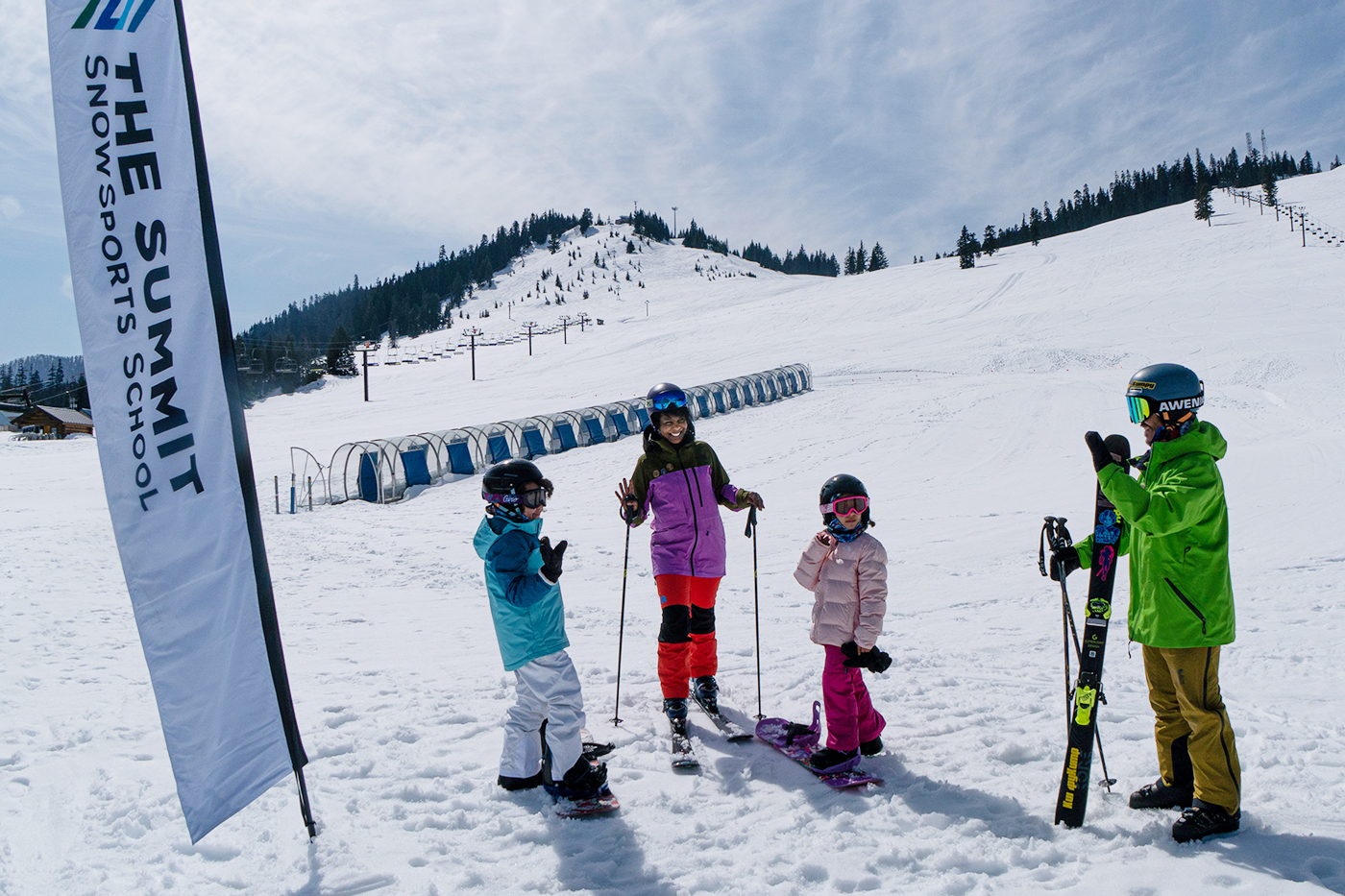
What We All Can Do to Drive Positive Change
Although I’m moved by all the good people who are willing to embrace the work of diversity, it feels like suddenly everyone’s jumping on the bandwagon, like, “Quick! Get some Black and Brown people in our media so we don’t look bad!” Why now? Why weren’t we there in plenty before? Why did it take such drastic measures to change? Many say it’s simply because there were no people of color who wanted to participate. Those of us who’ve been here the whole time know this to be false; we’ve just been willing to stand alone and do what we love, despite having a different skin tone.
So, what steps can we take to change these inaccuracies? As snowsports educators, our skillsets are as unique as the individuals within this great organization. The foundation of knowledge necessary for longevity in our industry encompasses many tactics, techniques, theories, and tools. Let’s apply some of that knowledge in a new context with regard to diversity, equity, and inclusion. Consider the following statements in a new light.
Skiing and Snowboarding Can Be Counterintuitive
Some of the techniques we teach seem to be the exact opposite of what students think they should do: Apply pressure to the left ski to go right, and the right ski to go left; commit to the fall line with a forward-leaning stance rather than instinctively lean back. These tasks challenge people to embrace ideas out of our comfort zone. We tell students that they shouldn’t live in fear of falling and that growth stems from challenge.
The idea that good things can come from something we didn’t want to do is also counterintuitive, such as having a sincere discussion about our personal perspective on current events. In considering diversity, equity, inclusion, and social justice, let’s revisit the idea of “edging.” It is only when we’re able to flatten the ski or board and release our edges that we can commit to the fall line. This is analogous to the ski or board being our ego or defense mechanism, while the fall line is the dichotomy of freedom and fun with the element of danger. When we feel danger or hostility, we highly engage our edges and resist their release. On the other hand, if we feel fun and freedom, we’re able to release our edges with ease and communicate productively.
One private lesson comes to mind, with a pre-teen boy who came with his dad for the weekend. It was clear that tension existed in the father-son relationship. The kid did not care for skiing, but dad had enjoyed it since boyhood. “Good luck with whatever you can do,” said the dad, with frustration. “I know he hates this, but I just need to take a few runs.” His son’s attitude was clearly “Skiing bites!”
As the lesson began, I just talked to him about this and that. He asked me how turns were made. I told him about applying pressure to opposite feet to go either direction. It was like a bright light came on. When dad came to pick him up after the lesson, the son was smiling and said, “Dad! The turns are inverted! They’re inverted!” Dad gave me a perplexed look, and I explained the gist of our lesson. He shook his head and said, “Well, that’s a little weird, but it’s something. I’ll take it. Thank you!” And just like that, skiing changed their relationship for good.
We Learn Much by Studying Our Tracks
Studying our tracks in the snow shows us where we’ve been, and what tactics we’ve used to get there. A beautiful, deep, rainbow-shaped track indicates a carved turn executed with patience, articulation, and high edge angles. We can look at our students’ tracks, analyze where they’ve been, and prescribe the best way to move forward.
This is what we need to practice in our relationships to make improvements. It may not be pleasant to go back and discuss the tracks previously laid, but it will pave the way for making better tracks and pathways in the future.
Learn to Read and Understand the Terrain
Professional instructors understand the impact of terrain choice on lesson success. The more difficult the terrain, the greater your role in ensuring the student’s knowledge of NSAA’s “Your Responsibility Code” and the cumulative skills needed to take on your chosen runs. “Old hills, new skills; new hills, old skills” is a fantastic teaching cue. This is analogous to “reading the room” in any given social situation so the behavior you exhibit is appropriate for your audience. We might refer to this as intuition, a sixth sense, or “things feeling heavy” in DEI-related discussions.
Another teaching cue that comes to mind is “Banks, hops, and tops build mogul skills for life.” The logic goes like this: If you stay in the banks, your ski tips or board might get stuck in the adjacent mogul. You can take the easy way out by hopping over the mogul altogether but could miss out on learning tactics to work your skis/board and thereby improve your overall technique. If you go over the tops of moguls while avoiding the banks and tops, the likelihood of air, speed, chatter, and an overall lack of control increases.
Just as in life, striving for balance is key. Physical balance is fundamental, but mental balance is also pertinent. The ability to use these skills – together and apart in varying degrees – is required to effectively navigate our lives.
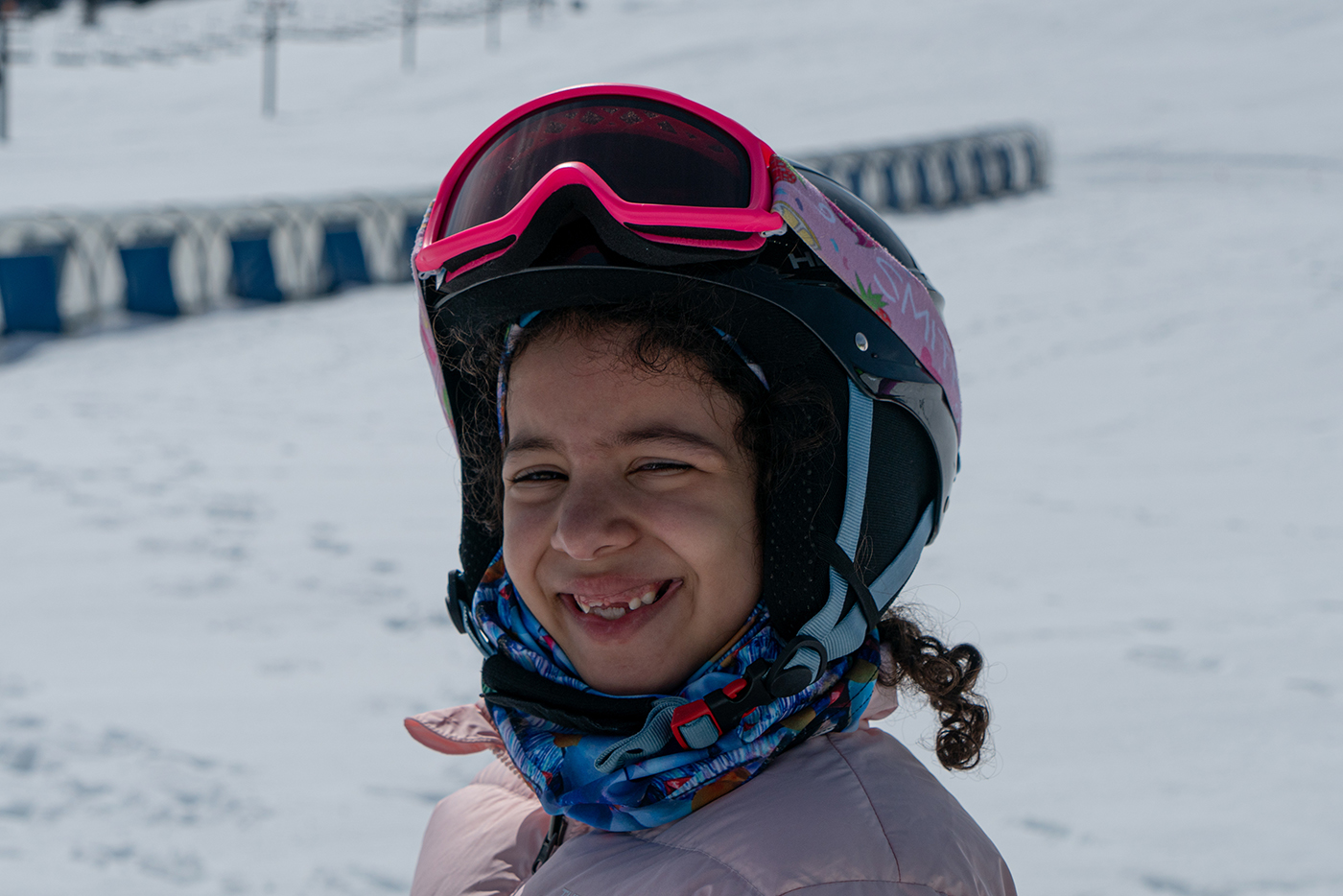
Check for Understanding
As outlined in PSIA-AASI’s Teaching Snowsports manual, an important objective within the Teaching/Learning Cycle is to check for understanding of goals and objectives. To quote from the manual, “In the goal-setting stage, it’s important that you confirm your students’ awareness of the steps it will take to create a desired change in performance. They may not yet understand how they need to change, but they must be aware of their current performance and understand why they need to change.”
Checking for understanding is no less important when discussing diversity. Be sure to allow time for conversations to unfold and allow moments of acknowledgment for one another.
Consider the Theory of Abundance vs. Theory of Scarcity
Consider the mountain environment through abundance. The vast space and majestic beauty are there for all to absorb. There’s a feeling of having enough to go around and wanting everyone possible to partake in the joys of the skiing and snowboarding lifestyle. Alternately, making considerations through the lens of scarcity promotes competition, hostility, and jealousy over resources and who has rights to what should be all human liberties.
Make your best effort to channel your energy toward abundance and potential in the world rather than its scarcity and evils. Observe whether your level of happiness begins to increase with this effort.
Know When to Call It a Day
Educators know when a lesson plan has seen better days or needs changing. And our role as teacher-athletes on the mountain requires us to make time for our safety by ending on a positive note and going off to recuperate for another day of “magic on the mountain” with colleagues and guests. The same holds true with uncomfortable situations. It’s one thing to embrace discomfort for positive change, but it’s another to put the well-being of yourself or another at risk in a charged environment. What should be done differently next time? The work will be there in the morning, and tomorrow’s a new day.
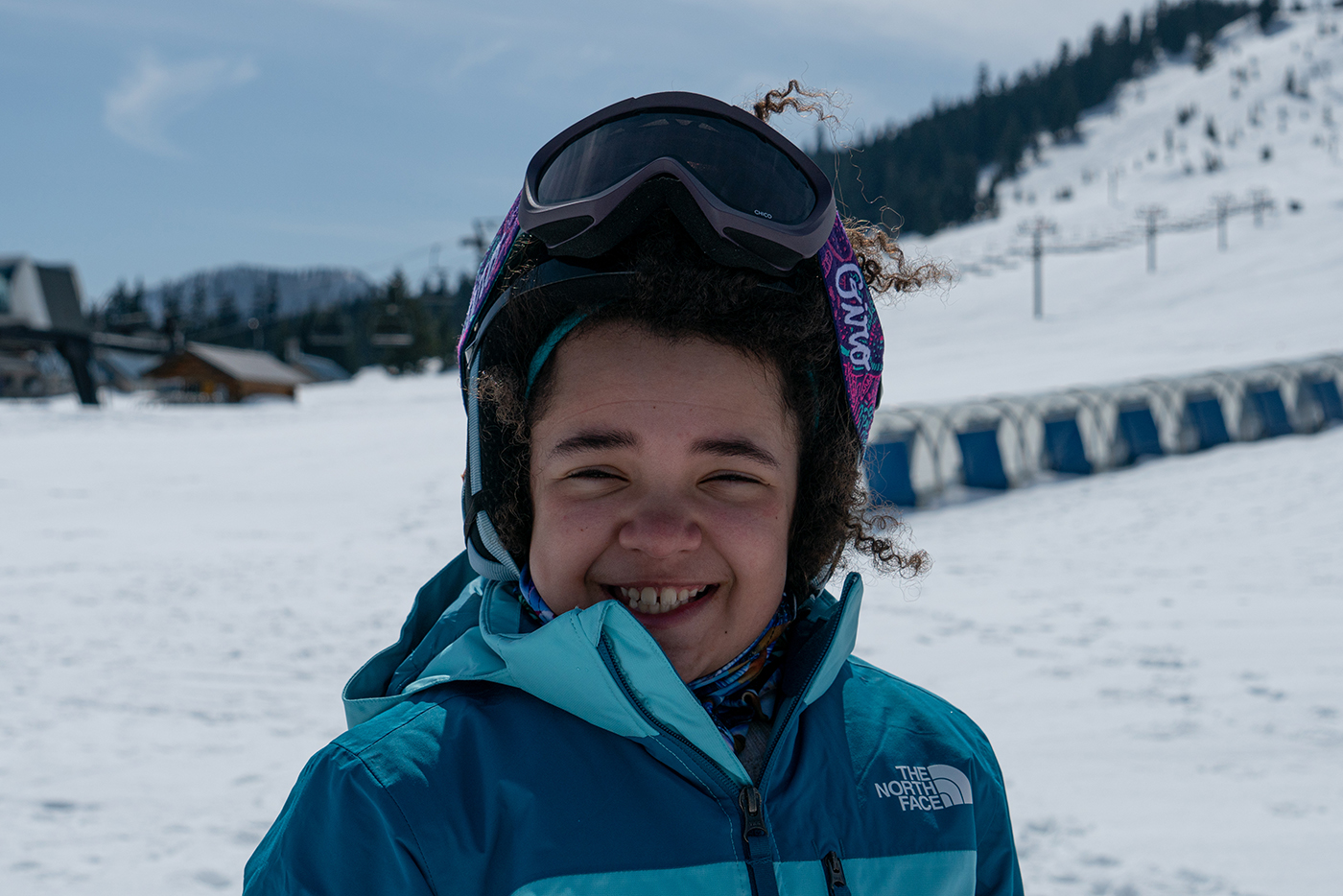
Our Diligent and Sustainable Journey
Diversity work is necessary, powerful, and something that must be done by each individual, regardless of background. Do you have strong opinions about the personas and roles of people based on their skin tone? First, be honest with yourself. Rather than pose intrusive questions or make comments that diminish and negate others, take the time to breathe and reflect on where those ideas originate. This is most difficult for those who like to “shoot from the hip,” but take the measures necessary to be present and thoughtful.
Would you like to share your experience, encourage others to take lessons, or just be one with the environment by breathing it all in deeply? Are you, like me, on a personal journey to have the ability and luxury to ski or ride “anywhere on the mountain”? Becoming an expert in relationships, riding, and skiing is a journey well worth pursuing – guaranteed to enrich us throughout our lifetimes. Meet me in the mountains!
Sheria Rosenthal is a member of the Northwest Division in pursuit of Level II alpine and snowboard certification as well as her Children’s Specialist 2 credential. She is a certified teacher in Washington and Hawaii in the areas of Elementary Education and Special Education. Currently, School Psychology studies and partial homeschooling make for busy-yet-fulfilling days.

